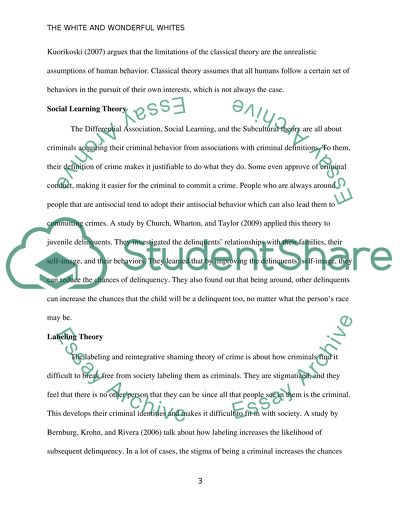Cite this document
(“Theories of crime paper Movie Review Example | Topics and Well Written Essays - 2000 words”, n.d.)
Retrieved from https://studentshare.org/sociology/1461406-theories-of-crime-paper
Retrieved from https://studentshare.org/sociology/1461406-theories-of-crime-paper
(Theories of Crime Paper Movie Review Example | Topics and Well Written Essays - 2000 Words)
https://studentshare.org/sociology/1461406-theories-of-crime-paper.
https://studentshare.org/sociology/1461406-theories-of-crime-paper.
“Theories of Crime Paper Movie Review Example | Topics and Well Written Essays - 2000 Words”, n.d. https://studentshare.org/sociology/1461406-theories-of-crime-paper.


